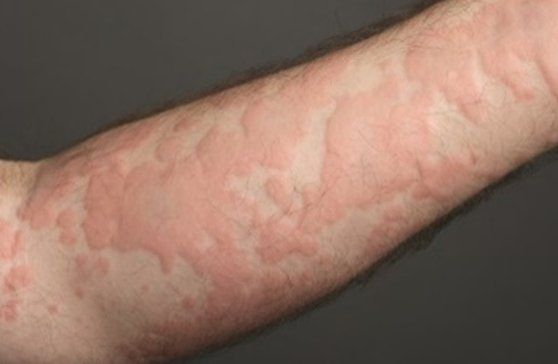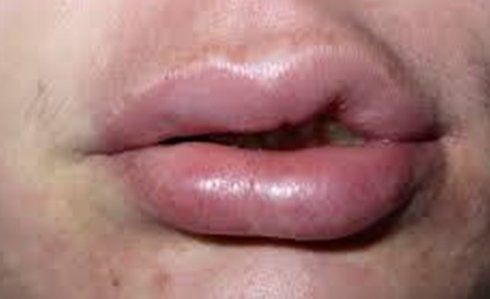Patient Resources
Why do I have urticaria (hives) and how do I treat it?
Hives (also known as urticaria) are common and can affect up to 20% of people at some point in their lives. These present as pink or pale red swellings anywhere on the skin and are usually itchy. Urticaria develop when specialized immune cells (known as mast cells) in the skin release a chemical known as histamine. Histamine results in fluid to leak from small blood vessels in the skin to produce swelling. Individual hives usually resolve within 24 hours, although the overall condition can last longer.
Daily or almost daily occurrences of hives or angioedema lasting for more than 6 weeks are known as chronic urticaria. Your doctor may refer you to the allergist to evaluate this condition.
How is Chronic Urticaria diagnosed?
Usually, the appearance of urticaria or angioedema is sufficient for the allergist to make the diagnosis. Your allergist will take a detailed history to ascertain for triggers of urticaria such as skin pressure, cold, heat, exercise or allergy. Most patients have chronic spontaneous urticaria (CSU) where the cause is unknown and is not an allergy.
How can I treat Chronic Urticaria?
Your chronic urticaria or angioedema may last for 6 to 12 months before gradually improving. In most cases, the rash can be treated effectively with lifestyle measures to reduce the itch and taking medications such as anti-histamines. In some cases, the rashes may last longer or be severe enough to affect your lifestyle. Your allergist may discuss with you additional treatment options such as biological injections.







